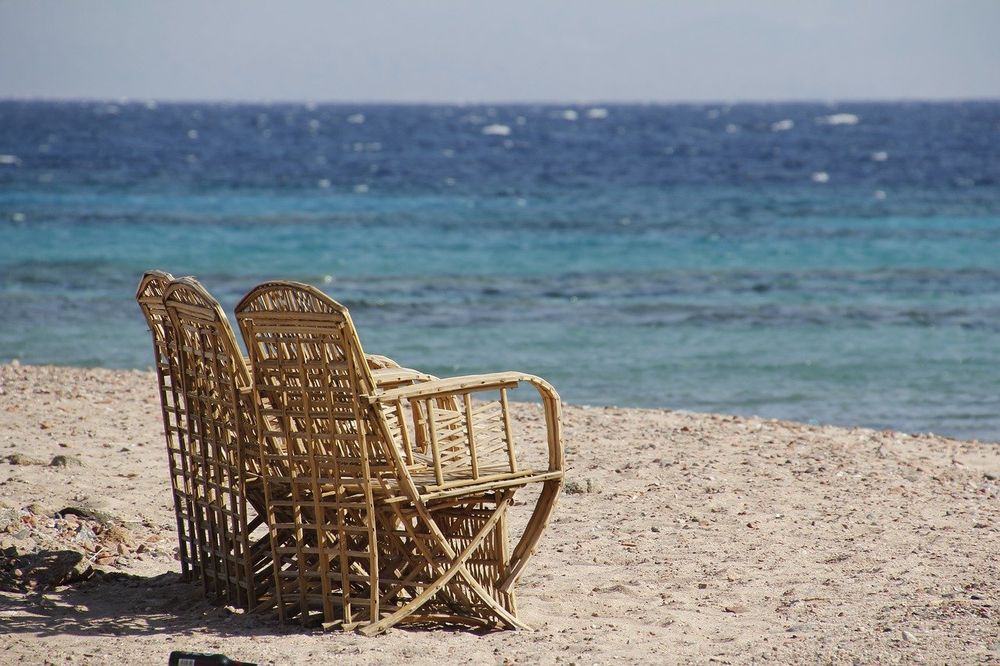East Timor is located in the eastern part of Timor , an island in the Indonesian archipelago that lies between the South China Sea and the Indian Ocean . East Timor includes the enclave of Oecussi, which is located within West Timor ( Indonesia ). After Indonesia , East Timor’ s closest neighbor is Australia , 400 mi to the south. It is semiarid and mountainous.
The Democratic Republic of Timor-Leste ( East Timor ) is in Southeastern Asia , northwest of Australia , at the eastern end of the Indonesian archipelago.
East Timor includes the eastern half of the island of Timor , the Oecussi-Ambeno enclave (separated from the rest of East Timor by West Timorese territory) and the islands of Pulau Atauro and Pulau Jaco. Dili is the capital city and the chief port. Baucau is the second largest city in East Timor .
The terrain of East Timor is mountainous. Rivers include the Bemorl, Benmauc and Comoro. The climate is tropical with rainy and dry seasons.
The official languages are Portuguese and Tetum, an Austronesian creole influenced by Portuguese. English and Indonesian are considered working languages. There are also around 16 other indigenous languages spoken.
The official currency is the US Dollar (USD) divided into 100 Cents. Ninety percent of the people are Roman Catholic, three percent are Protestant and four percent are Muslim. Other religions are Hindu, Buddhist and Animist.
The highest point in East Timor is Foho Tatamailau (2,963 m). The north coast of East Timor is on the edge of the Wetar Strait , a marine trench around three kilometers deep. A variety of marine life can be found in the deep waters.
The island of Timor is said to resemble the shape of a crocodile. Timorese legend says that a crocodile turned itself into the island in thanks to a boy who saved his life.
The first people to colonise the island of Timor arrived around thirty-five thousand years ago. East Timor has a tropical climate characterized by a distinct wet and dry season determined by monsoon influences. There are three climatic zones, the northern zone in which the dry season occurs for five months, a mountainous zone where the dry season lasts for four months and the southern coastal zone which has a dry season of less that 3 months due to the influence of prevailing winds from Australia . During the wet season between November to May, the northeast monsoon winds bring thunderstorms and heavy rains, while the mountainous and southern coastal zones have higher rainfall and are therefore wetter than the northern zone.
